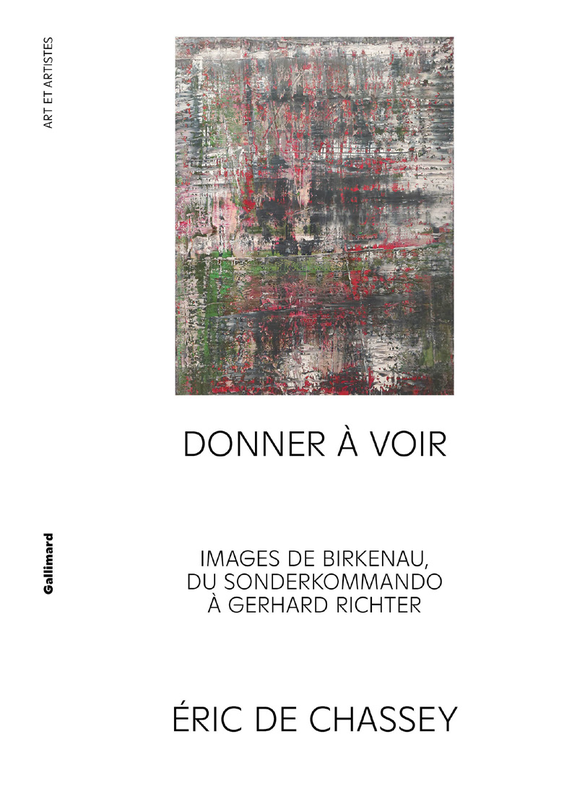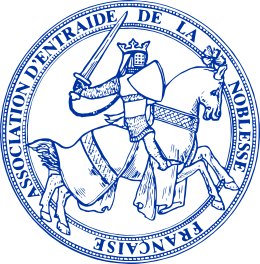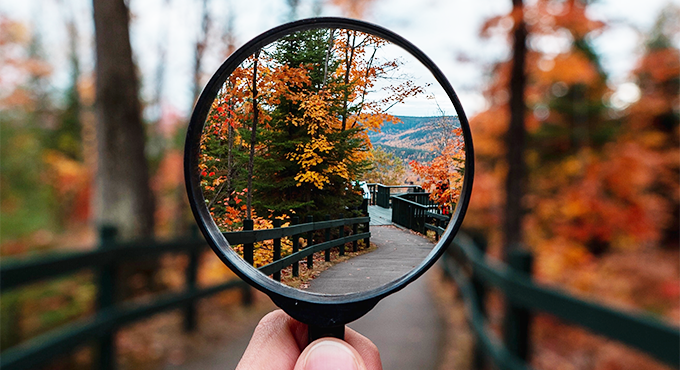News

Le Figaro: "Prix Pierre Daix 2024 goes to Éric de Chassey's book on Gerhard Richter's Birkenau series".
How do we view the images of the unspeakable and the work of the German painter? This is the question posed by this book, which expertly deconstructs the work of the German painter.

"I saw the four Birkenau paintings several times, intrigued by their title and impressed by their plastic power," says the winner of the Prix Pierre Daix 2024. Jack Shear courtesy Collection Pinault
This year's Prix Pierre Daix was awarded to Éric de Chassey, for his book Donner à voir. Images de Birkenau, du Sonderkommando à Gerhard Richter, published by Gallimard in May 2024.
Created by François Pinault in 2015 as a tribute to his friend, writer and art historian Pierre Daix, who passed away in 2014, the prize is awarded each year to a work devoted to the history of modern or contemporary art. For the 2024 edition, jury members hailÉric de Chassey's "remarkable investigation of a little-known aspect of the work of German painter Gerhard Richter" (b. 1932), in particular his Birkenau cycle (2014). "Through concise, analytical writing, Giving to See. Images of Birkenau, from the Sonderkommando to Gerhard Richter stands out as an impactful work and encourages a demanding reading of the meaning of the images. It reflects a committed model of the genre, in the image of Pierre Daix's convictions ", emphasizes this prize, which has rewarded books that are pointed, even austere, often committed and intellectually dense.
The Prix Pierre Daix has already been awarded to Paula Barreiro López in 2023(Compagnons de lutte. Avant-garde et critique d'art en Espagne pendant le franquisme , Éditions de la Maison des sciences de l'homme); to Jérémie Koering in 2022(Les iconophages. Une histoire de l'ingestion des images, Actes Sud, collection "Les Apparences"); to Germain Viatte in 2021(L'envers de la médaille, L'Atelier contemporain; to Pascal Rousseau in 2020(Hypnose. Art et hypnotisme de Messmer à nos jours, ENSBA-Musée des Beaux-arts de Nantes); to Rémi Labrusse in 2019(Préhistoire. L'envers du temps, Hazan, "Beaux-Arts" collection); to Pierre Wat in 2018(Pérégrinations. Paysages entre nature et histoire, Hazan, "Beaux-Arts" collection); to Elisabeth Lebovici in 2017(Ce que le sida m'a fait. Art et activisme à la fin du XXe siècle, JRP Ringier with La maison rouge - Fondation Antoine de Galbert2017) and by far the most widely acclaimed; to Maurice Fréruchet in 2016(Effacer. Paradoxe d'un geste artistique, Les Presses du réel); to Yve- Alain Bois (Ellsworth Kelly. Catalog raisonné of paintings and sculpture, 1940-1953, Tome 1, Cahiers d'art) and Marie-Anne Lescourret(Aby Warburg ou la tentation du regard, Hazan, "Beaux-Arts" collection) in 2015.
Portraits in grisaille from the 1960s
In 2014, painter Gerhard Richter completed four abstract paintings that he named Birkenau. They are the result of his long confrontation with four photographs taken in the summer of 1944 near Auschwitz-Birkenau crematorium V by members of the Sonderkommando assigned to preparing the victims and processing their corpses, which are the only images directly documenting the process of exterminating Europe's Jews by gassing and destroying their remains.
Éric de Chassey, born in 1965 in Pittsburgh (USA), is Director of the Institut national d'histoire de l'art (INHA) in Paris and Professor of Modern and Contemporary Art History at the École normale supérieure in Lyon. Between 2009 and 2015, he was Director of the Académie de France in Rome - Villa Médicis.
" Since the 1960s, Gerhard Richter, who lived as a child under the Nazi regime and whose family was affected by it and by the war in various ways, has repeatedly attempted to deal with the subject of the extermination of the Jews, often implicitly and obliquely, even though related images appear in his Atlas, the collection of press images he assembled from the 1960s onwards. Some of his best-known grisaille portraits from the 1960s show victims, executioners and passive actors of Nazism, with whom he had a personal connection, in a way that uninformed viewers would never realize ," explains this prolific author and ever-active exhibition curator. He is the curator of "Parade, une scène française. Collection Laurent Dumas", currently on show at Montpellier's MO.CO until January 12.

"It was only in the early 2010s that he decided to devote a series of paintings specifically to the Holocaust, starting with four photographs taken by as many members of the Auschwitz-Birkenau Sonderkommando - Alberto Errera, Alter Fajnzylberg, Abraham and Shlomo Dragon - documenting a gassing operation to kill a convoy of deported Jews. After starting with the iconography of these photographs, he decided to transform the paintings into abstractions. It's their title - Birkenau - that lets us know they deal with this subject. It took him a lot of time and thought, but I don't think the admiration his undertaking may arouse should blind us to certain aporias and contradictions in his approach ," explains this teacher at heart.
From New York to Berlin
" For the paintings, I deliberately chose not to put questions directly to the artist, insofar as I wanted to maintain a critical distance, which I felt was generally lacking in those who had written about these works. Over the years, however, Richter had provided photographic documentation of the various stages of his work, accompanied by commentaries: all I had to do was take up this dossier with method and precision. When I realized that the photographic prints shown alongside the works had in fact been manipulated - and extensively so - by Richter, despite his declarations, I retraced what these manipulations had been, and what their effects were ", explains the author. Gerhard Richter's paintings were notably shown in February 2020 at New York's Met Breuer (with photos), and in 2026 at Berlin's Neue Nationalgalerie in "Gerhard Richter: 100 Works for Berlin".
" We live in a time when images circulate in any way they can, especially on social networks, and this makes them instruments of propaganda or advertising, rather than of liberating reflection and emotion. Images can't just be shown any old how; it's not enough to accompany them with commentary, whatever form it takes, for them to be effectively seen, that is, seen for what they are and what they show," he analyzes. "It's a rule that applies not only to images that deal with violence, but to all images: they can't be considered only from an aesthetic point of view, but necessarily by braiding this aesthetic point of view with an ethical point of view. This is what shocked me when I saw Richter's paintings accompanied by so-called documentation: viewers simply didn't see them, because everything tended towards the spectacular rather than the complex grasp of images, which necessarily takes time."
Read the article on www.lefigaro.fr
By Valérie Duponchelle
Published November 26, 2024









